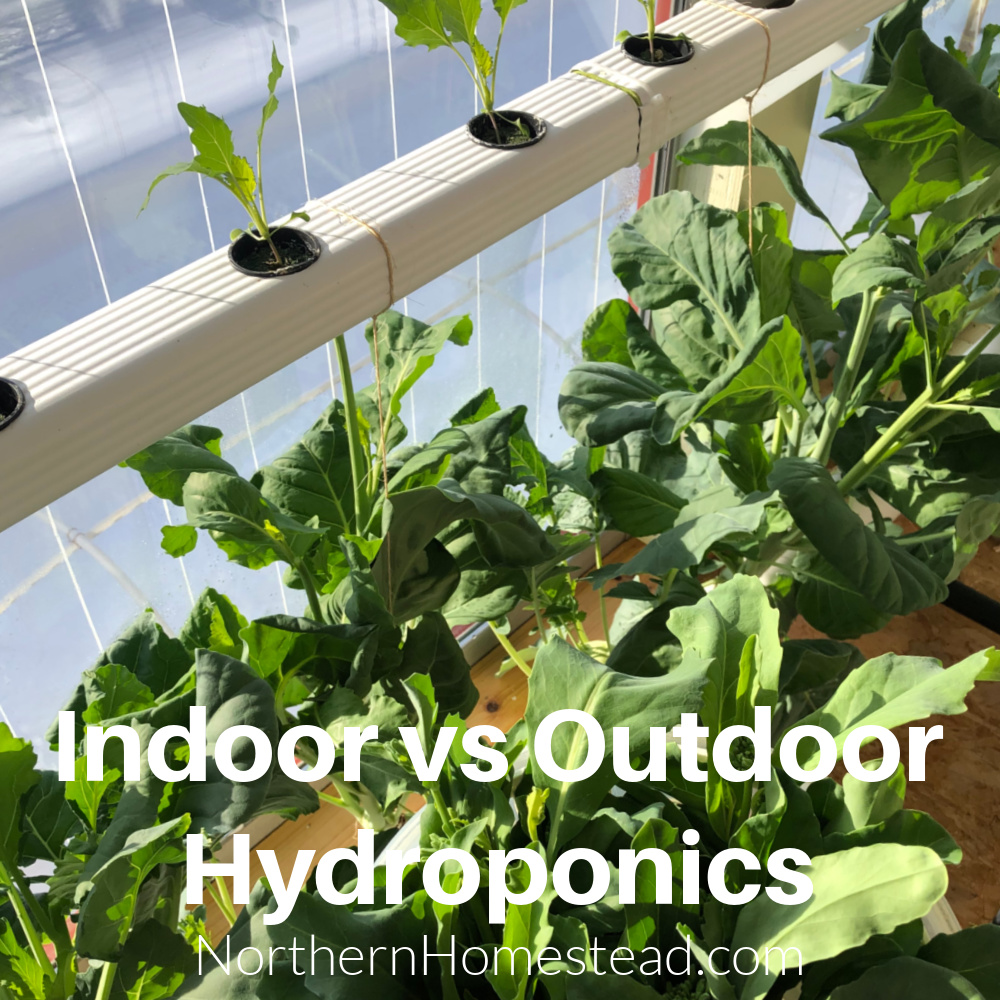
Hydroponic gardening has opened up new possibilities for urban home gardens. Using vertical hydroponic systems, we can grow more in a small space and grow food all year round. Hydroponics is perfect for indoor gardening, although it can also be used for outdoor gardening. Today, we will discuss Indoor vs Outdoor Hydroponics and Easy Tips for Success that can help you get the most out of your hydroponic garden.
Our local climate is cold (zone 3); we experience short, often stormy summers and long, cold winters. This inspired us to explore hydroponics as a way to grow food year-round. We have successfully implemented hydroponic gardening, which enables us to grow produce regardless of the season. Hydroponics compliments in soil growing, it does not replace it.
Benefits of an indoor hydroponics garden
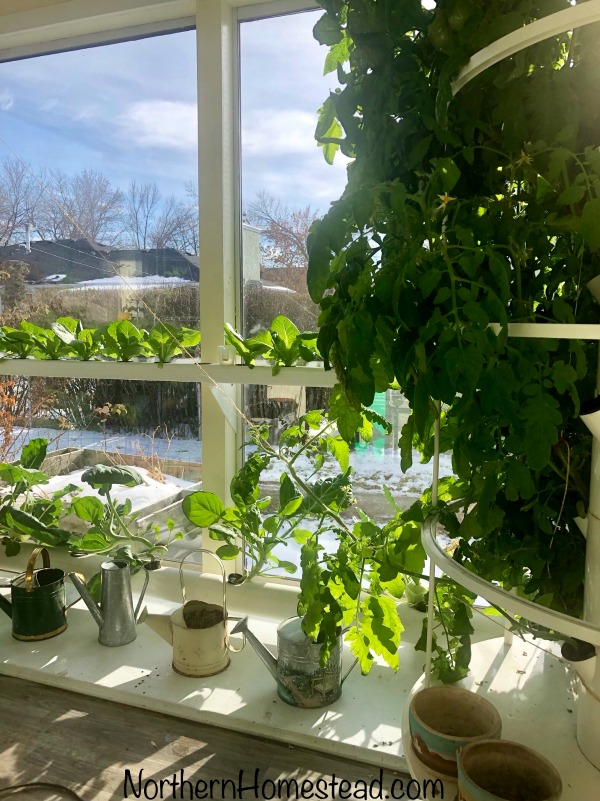
Indoor gardening can be done in soil and hydroponics. After growing an indoor garden for many years, we see huge benefits of an indoor hydroponics garden.
Indoor gardens have a higher risk of bug infestation. This is simple because there are no predators indoor for the nasty bugs, they can thrive and multiply rather quckly. Fungus gnats can hide in soil, so there is always a risk unless you use sterilized soil. A hydro system does not use soil; cleaning the garden and starting fresh is easy, even if a bug infestation should still happen.
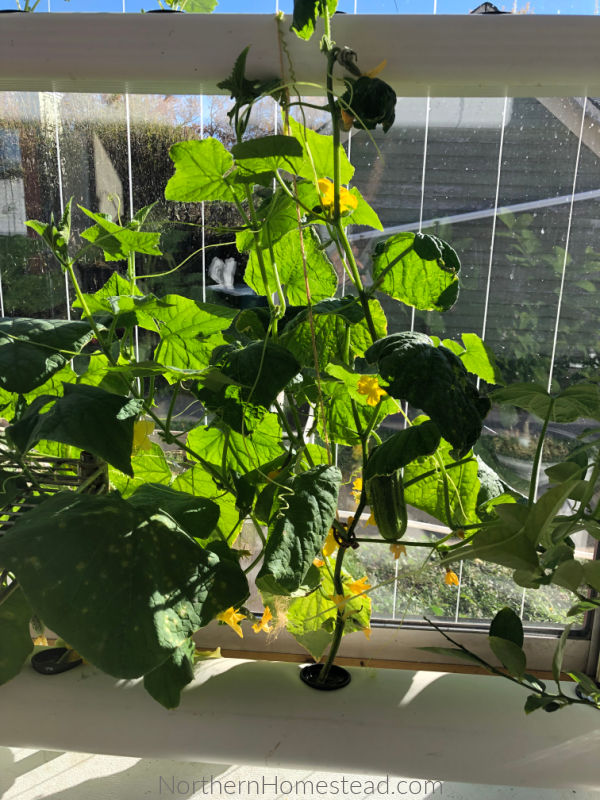
The hydroponics system indoors will last longer. Advanced systems can be expensive, keeping them away from the elements outdoor prolongs they lifespan. Choose a system that fits your growing and space conditions for indoor gardening. Indoor smart gardens can be a great start in the indoor hydroponics world. We have also used Kratky hydroponics, high-pressure aeroponics, the tower garden, and the nutrient film technique (NFT). You can follow each link provided to read more about the particular system.
Temperature control is another significant benefit of an indoor hydroponic garden. In a controlled environment, the growing season is not limited to summer days.
With hydroponic you do not need a larger space, you use the space available more effishently. We have a whole series on the blog for indoor window gardening.
Easy Tips for Indoor Hydroponic Success
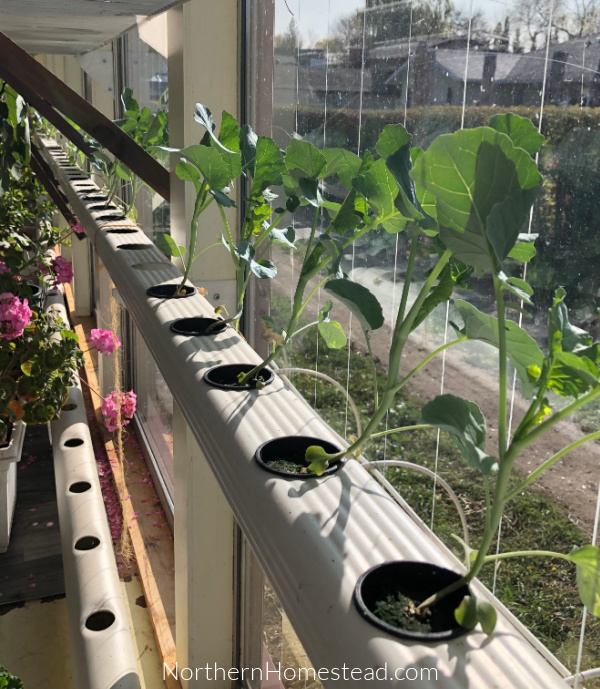
Different systems have their pros and cons. We recommend starting small with a simple hydroponic garden and growing your expiriance and the sice of the indoor garden.
Whenever possible, use direct sunlight at the window. Substituting part time with growing light, is a good option if there is insufficient sunlight. Growing an hydroponic garden in a basement away from natural light has brought the least susess in our expiriance.
Leafy greens are a good start for indoor hydroponics. But almost all edible plants above ground can be grown in hydroponics.
Benefits of an outdoor hydroponics garden
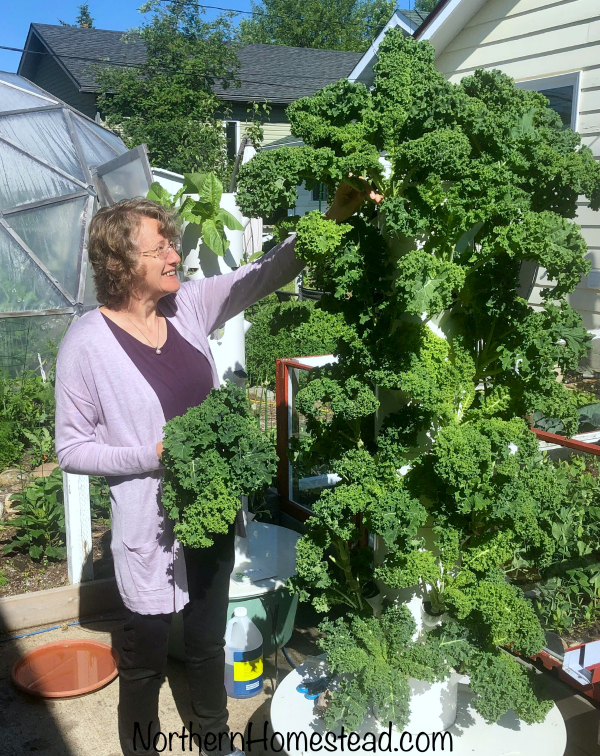
A considerable benefit of an outdoor hydroponics garden is the natural light. No grow light can resemble sunlight.
In a cold climate and short growing season, a movable hydroponic garden like the tower garden or a Kratky hydroponic bucket is practical. The garden can be started indoors and moved outdoors as weather permits. An outdoor system can compensate for an indoor system by just moving plants. A plant can be moved at any growth stage since the root system is not in the soil. Plants do not go into a transplanting shock, producing earlier and more fruit.
Hydroponics generally uses less water during hot summer days than any other growing method.
Hydroponics is an excellent choice for urban areas and small gardens. A nutrient film system can be installed along walls or fences using practically no space. A vertical tower garden is also a great option.
Easy Tips for Outdoor Hydroponic Success
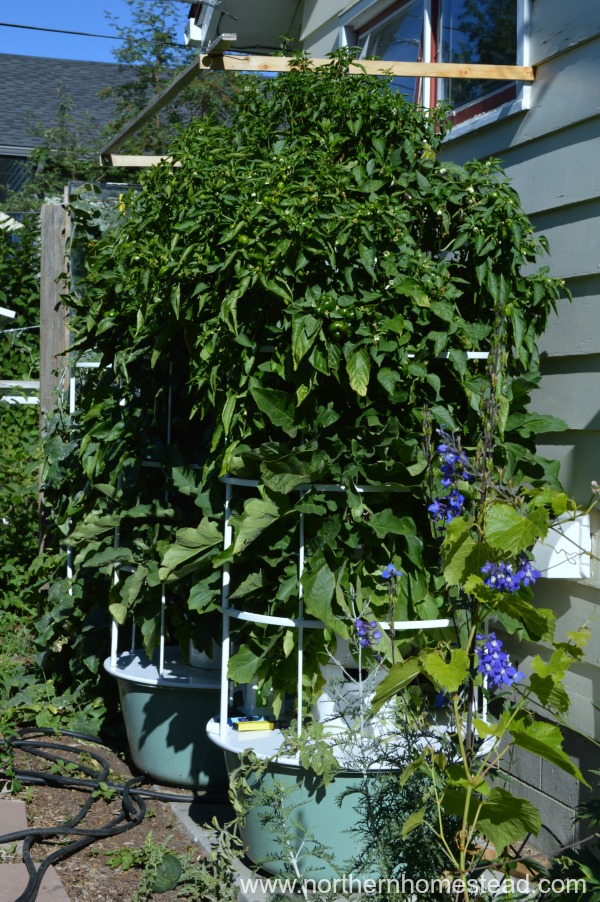
Consider environmental factors, such as strong winds, temperature fluctuations during cool nights and hot days, to adjust your hydroponics system and plant selection. Choose a microclimate for the outdoor hydroponic system. If the garden is portable, you can move the whole thing out of the storm.
A water heater can significantly help keep the roots warm during low temperatures. On the other hand, a shade cloth can prevent overheating from summer sunlight. The system will not need full-spectrum fertilizers during hot summer days, since more water evapurated. Heavy rain can effect the water level, and dulute the solution of water ratio. Regular mesuring of nitrogen ratio is essential. Read more about hydroponic fertilizer here.
Greenhouse hydroponic gardening
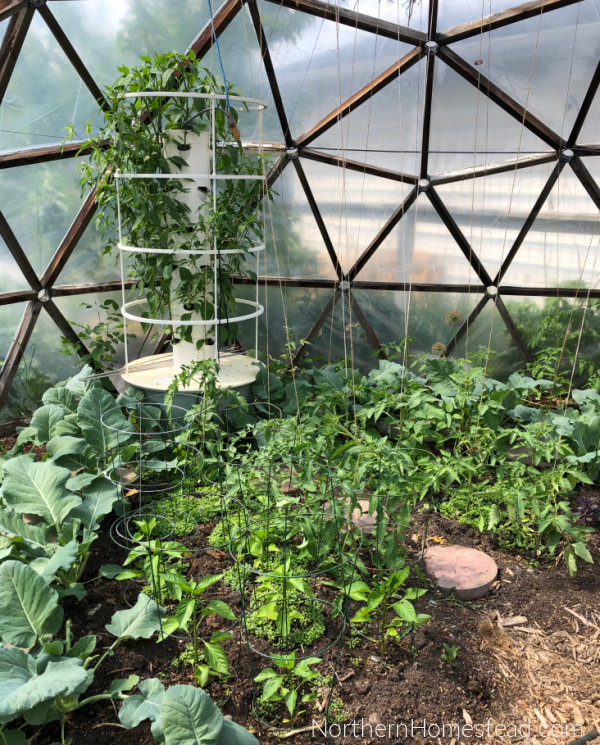
A greenhouse in a cold climate combines all the benefits of outdoor and indoor hydroponics. To some extent, it is a controlled environment that protects the system from wind blowing, rain, or hail. But it also provides sufficient light to contribute to excellent plant growth. Hydroponics can help use the greenhouse space to the max. For exsample grow vertically in a tower garden, or build NFT along the side walls.
Excessive heat can be a challenge. Again, shade cloths, ventilation, and active heat exchange can all be used to control the temperature. All in all, implementing hydroponics into the greenhouse garden is a good idea.
Conclusion
In conclusion, hydroponics is an excellent way to grow food all year round, regardless of the weather or climate. Whether you choose to implement an indoor, outdoor, or greenhouse hydroponic system, there are many benefits to be gained from this innovative gardening method. By following our easy tips for success, you can ensure a bountiful harvest with minimal effort and resources. So why not give hydroponics a try and see what you can grow? With a bit of patience and experimentation, you’re sure to be amazed at the results. Happy growing!
Remember to subscribe and follow us on Facebook, Instagram, or Pinterest so you do not miss a thing.

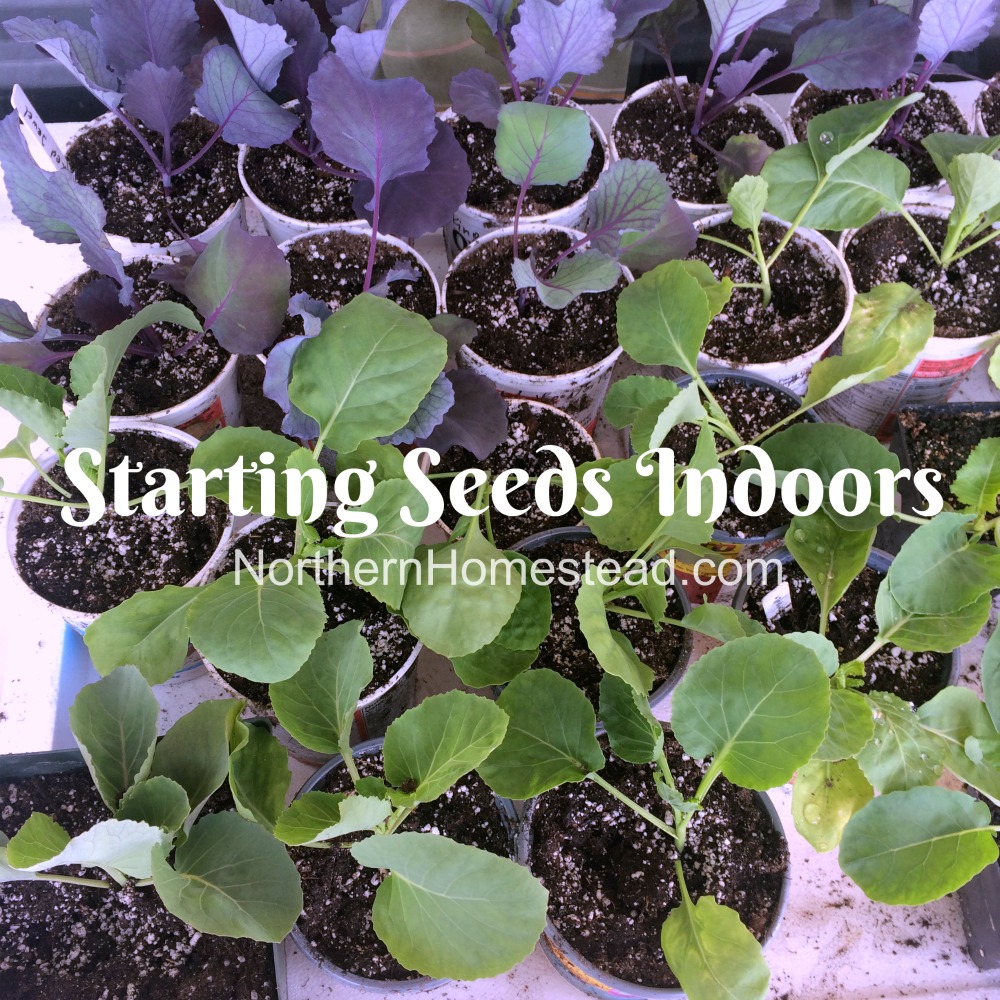
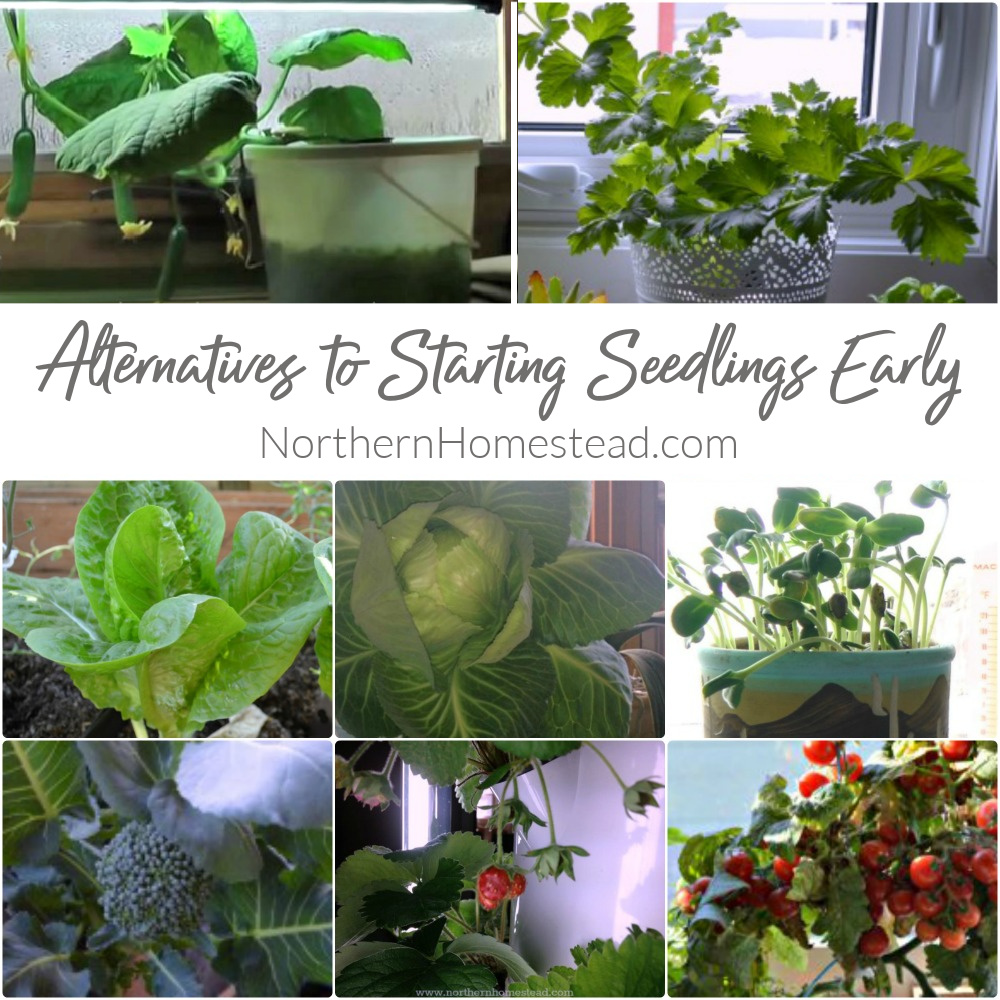
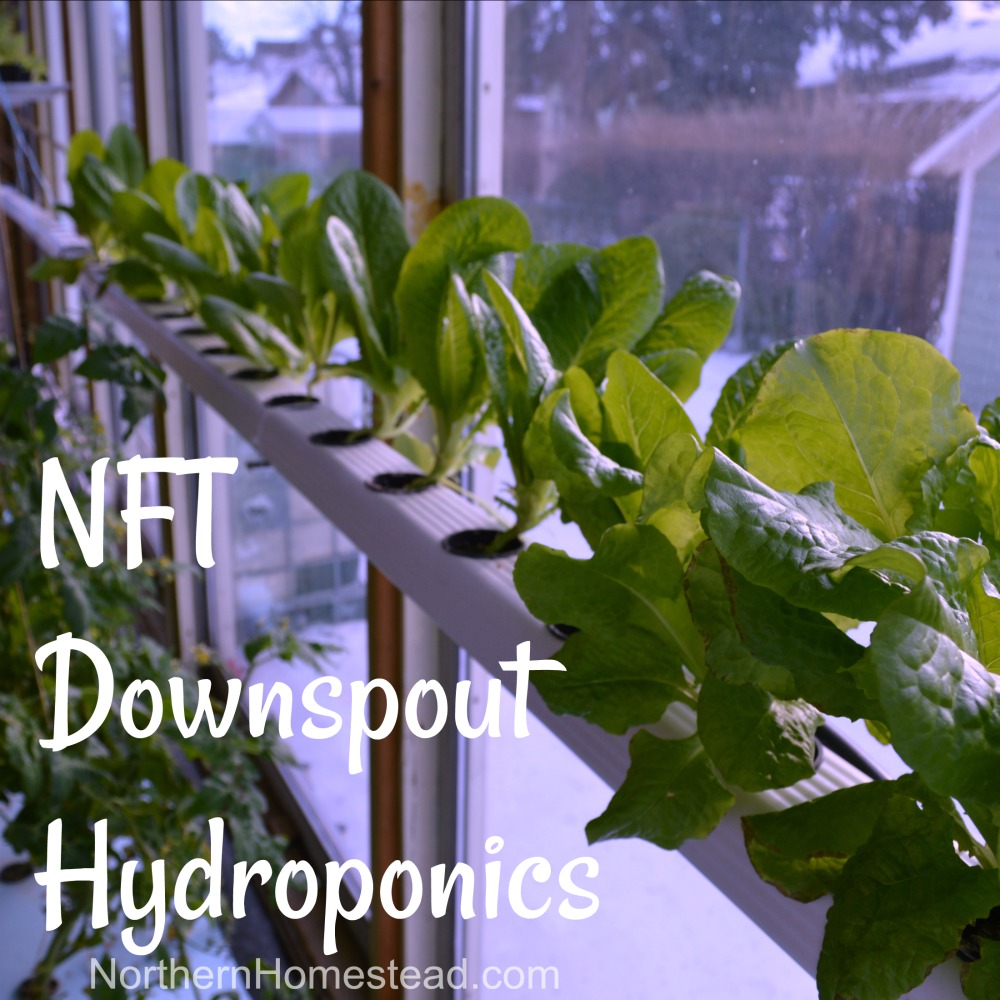
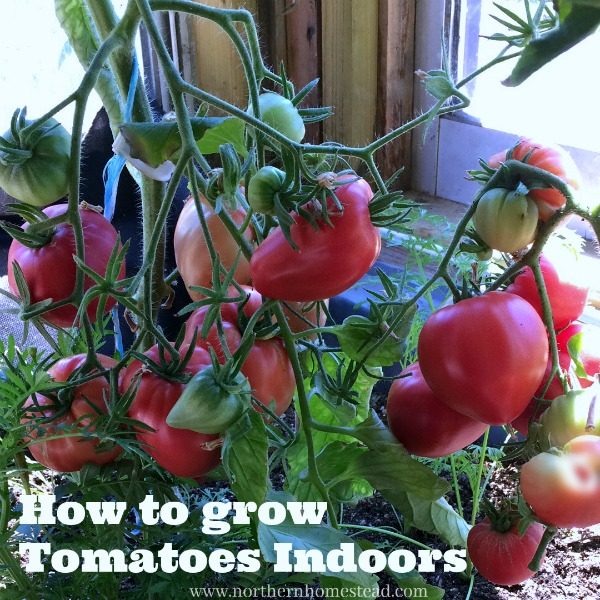
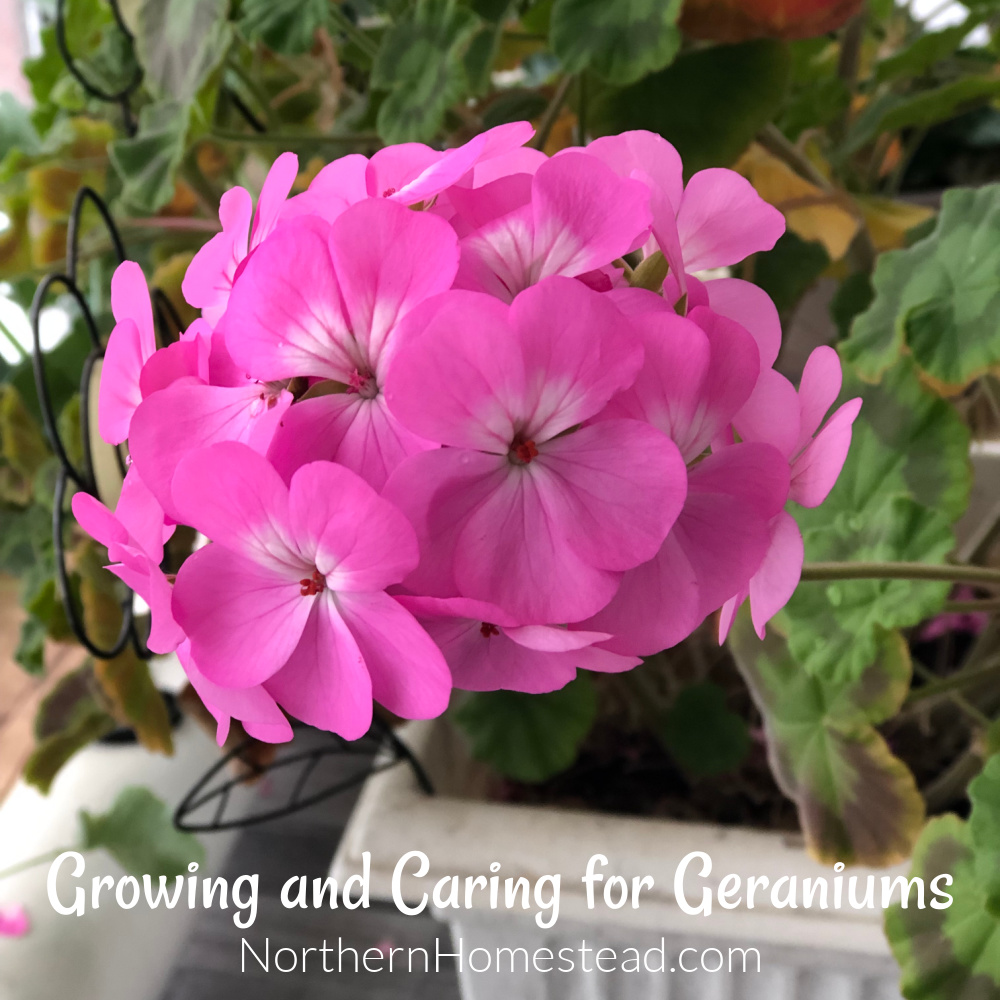

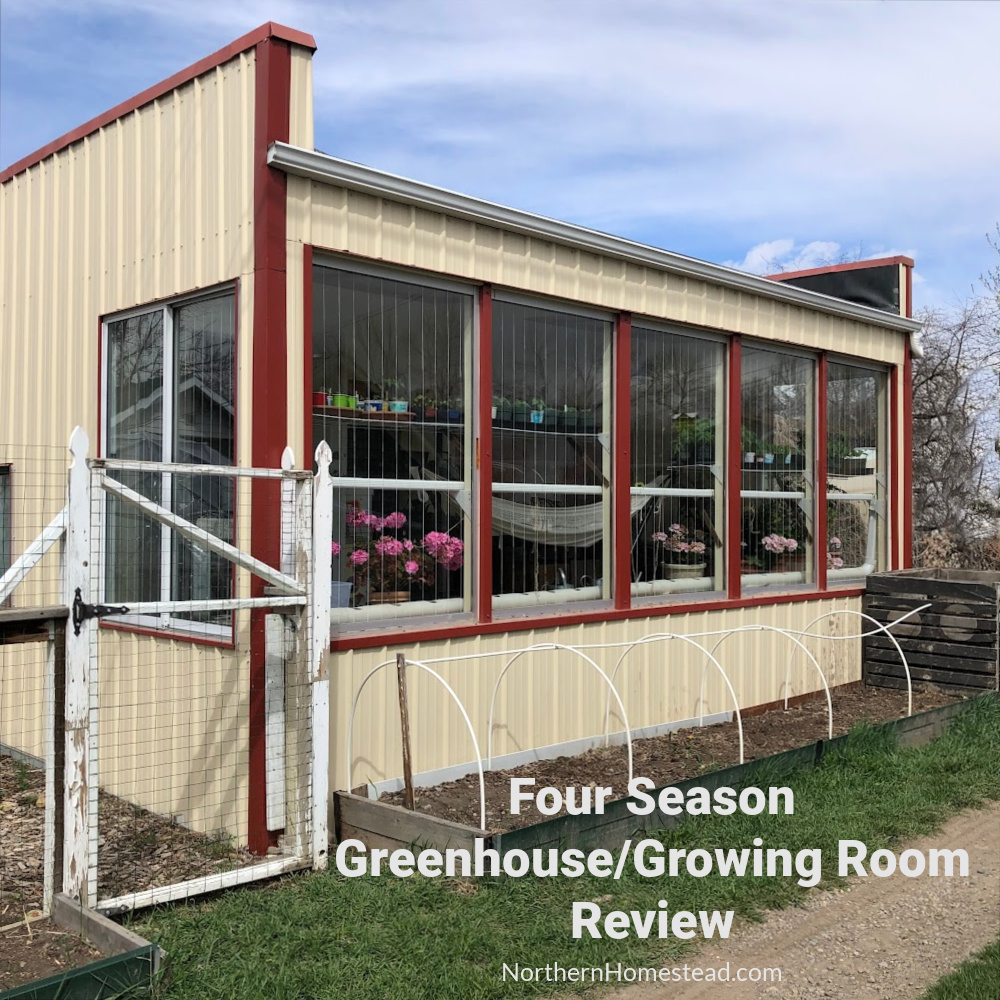
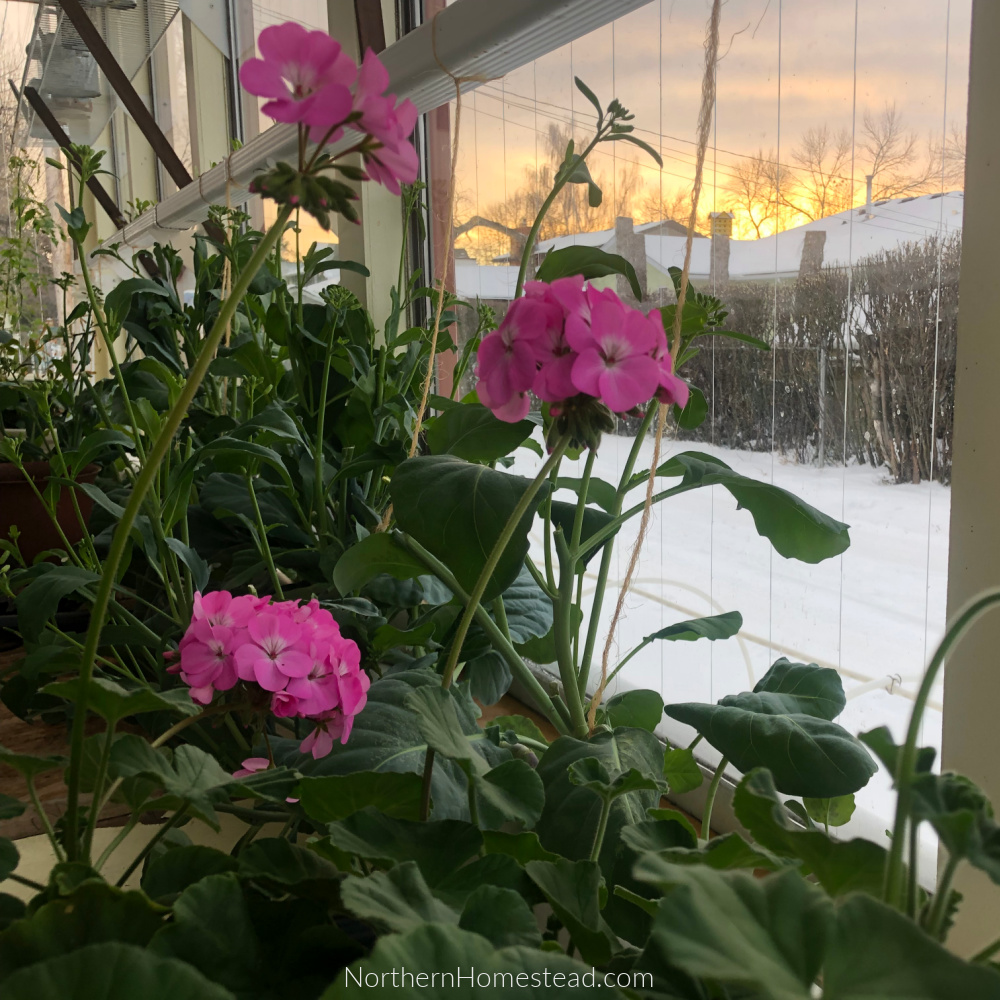
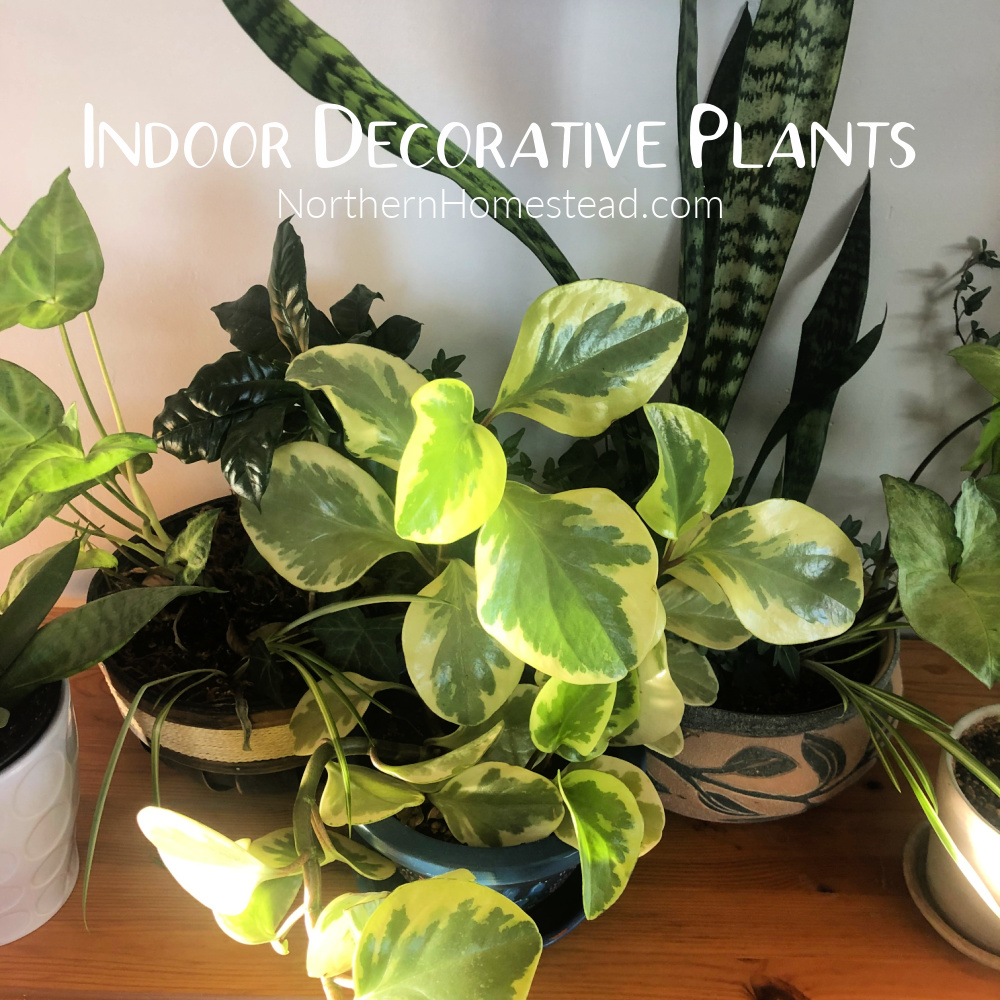
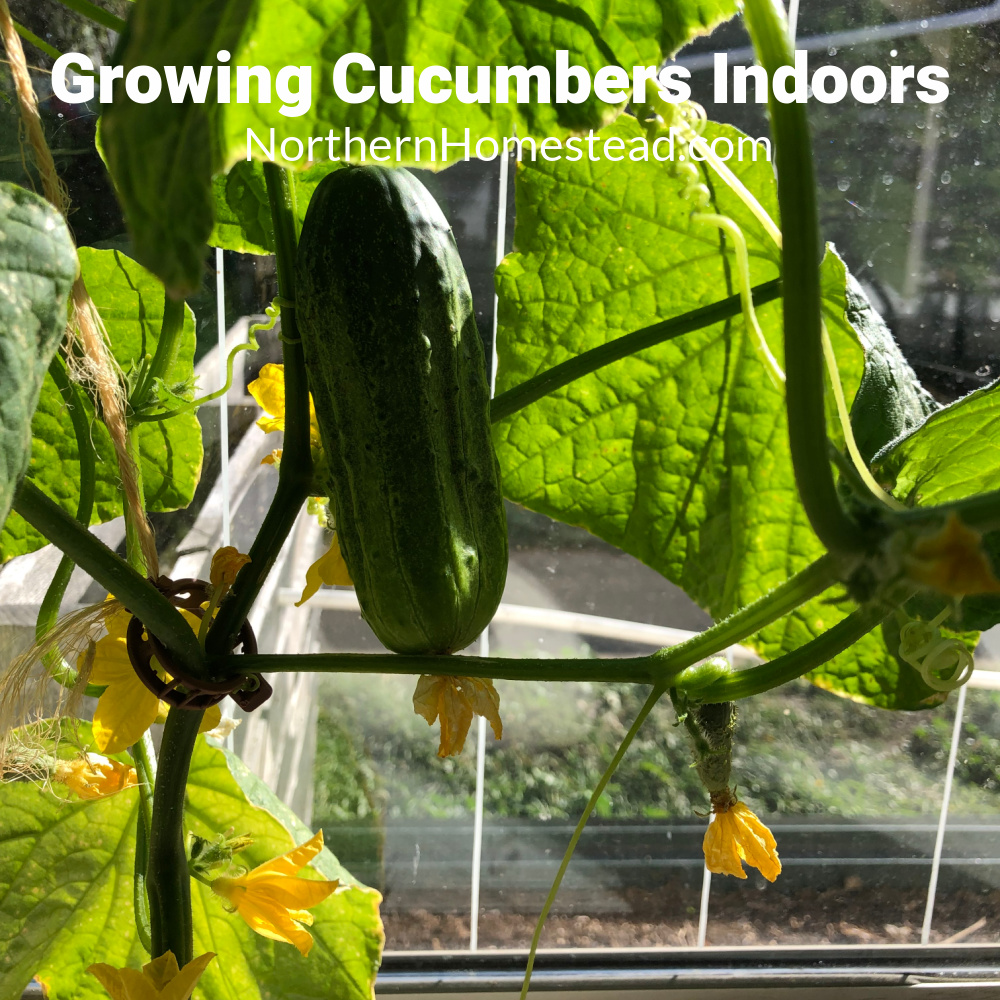
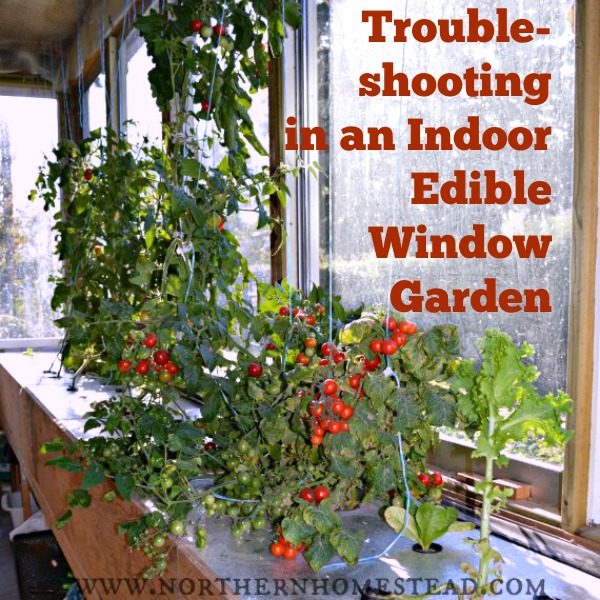

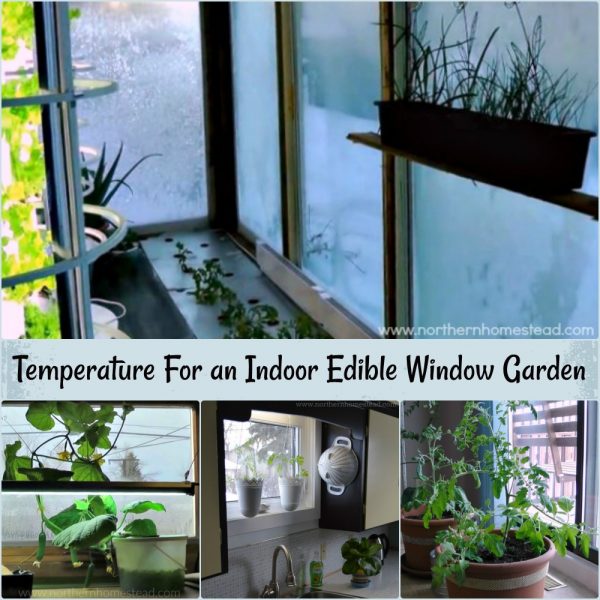
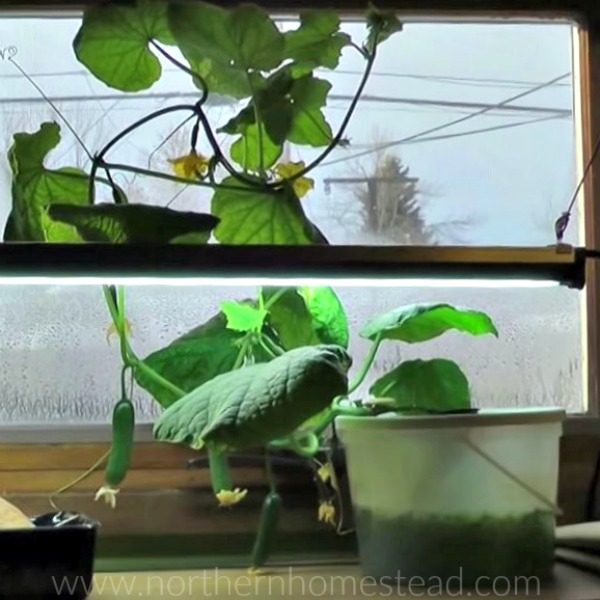
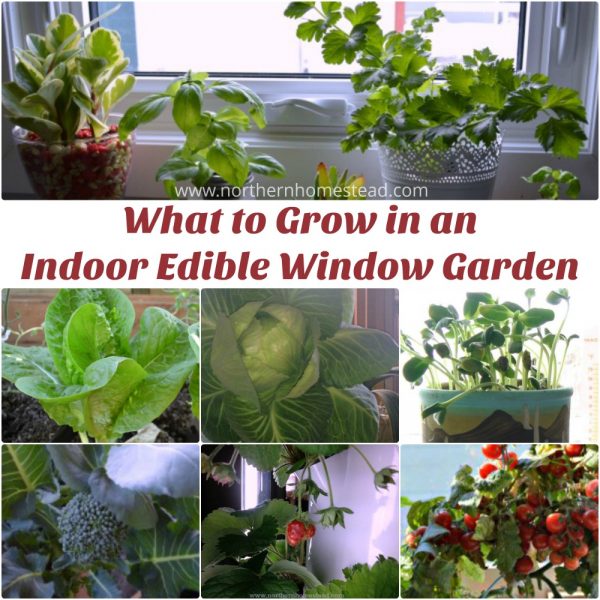

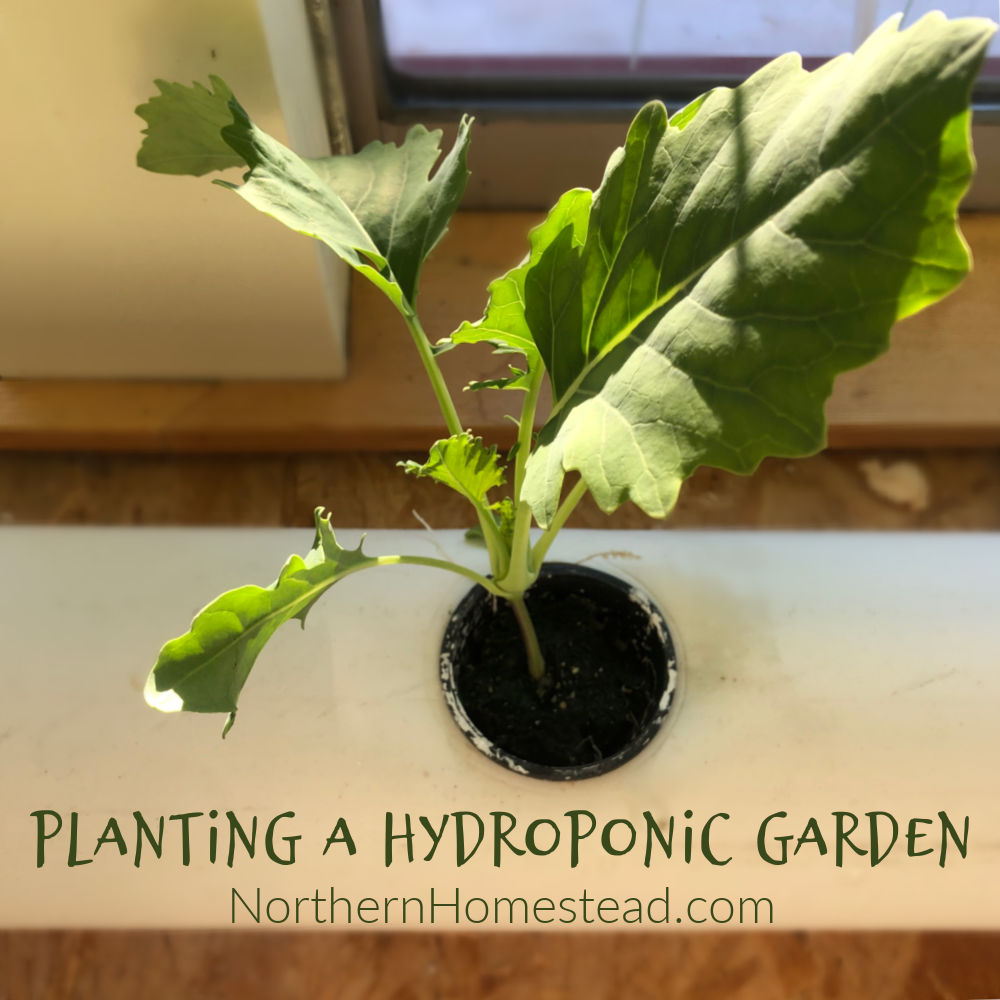
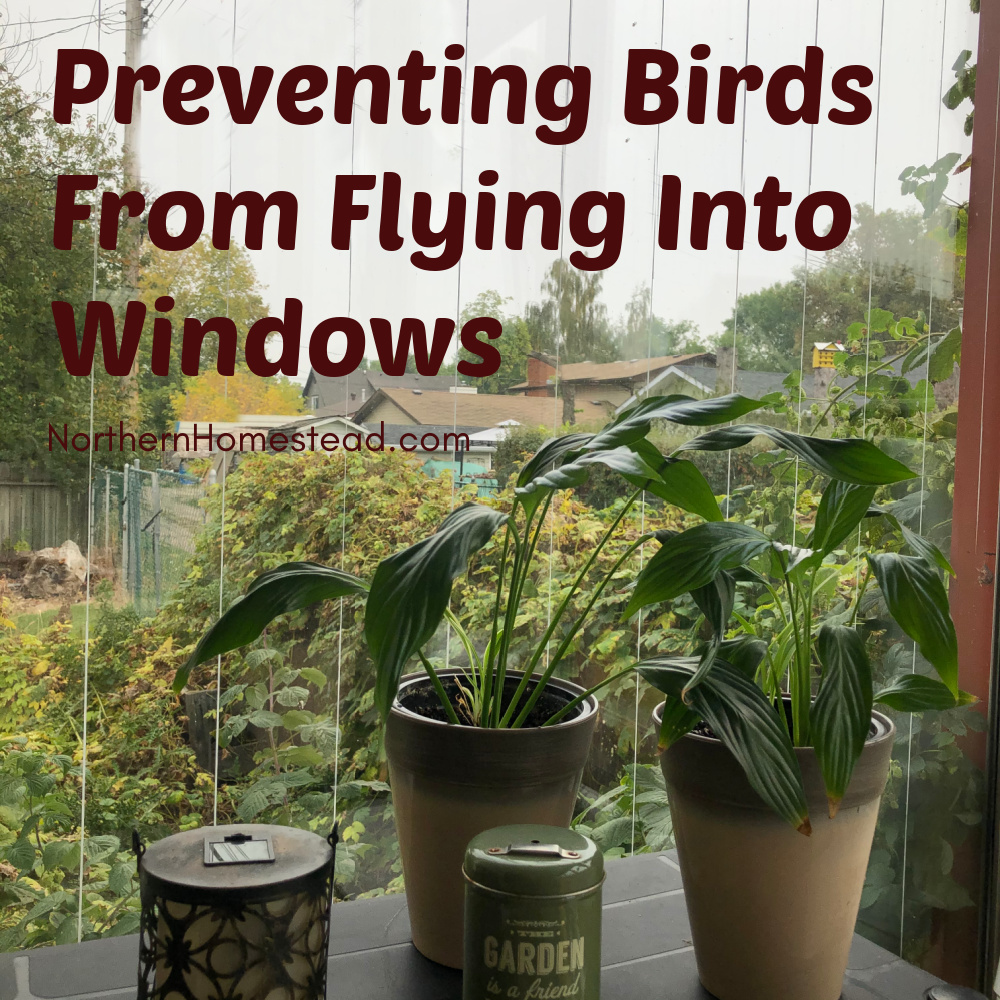
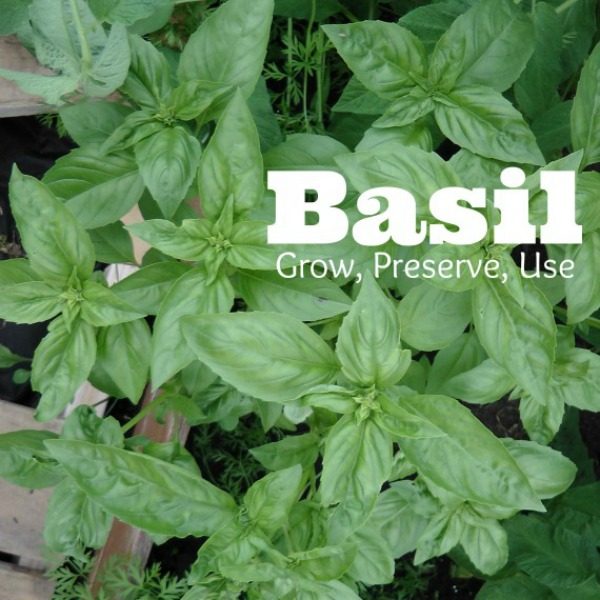

Absolutely amazing! What is your “date’ for moving seedlings out into your garden? I try to shoot for “Mother’s Day” like the other folks do here on the island. I’m experiencing a later winter this year. Had snow flurries yesterday and a big frost this morning at 32 degrees.. It’s the first snow ever that I have experienced past February 26th here.
Our last frost date is May long, but we really watch the weather, rather then going by a date. Sometimes it is cold right around the last frost dates, and other times it is nice even before that.
Given what we are facing in Southern Alberta this growing season, this is the sentence that stood out to me: “Hydroponics generally uses less water during hot summer days than any other growing method.“
Still thinking about how I might harness hydroponics for my very “water-in-dirt” focused growing! I’m trying to envision a small project I could try outdoors. Right now I am growing microgreens indoors and may end up growing most of my greens that way (even in the summer) as I do think that uses less water than growing lettuce/spinach/kale/chard etc. outdoors. Higher seed costs but lower water use. I may grow peas very early outdoors and then just leave the plants to hopefully hold the soil down along with cardboard mulch to keep as much moisture as possible.
Really appreciate your work!
Thank you! Yes, mulching the soil is helpful to preserve moisture. Greens do well in hydroponics. Root vegetables if well mulched usually find moisture deep in soil on their own.